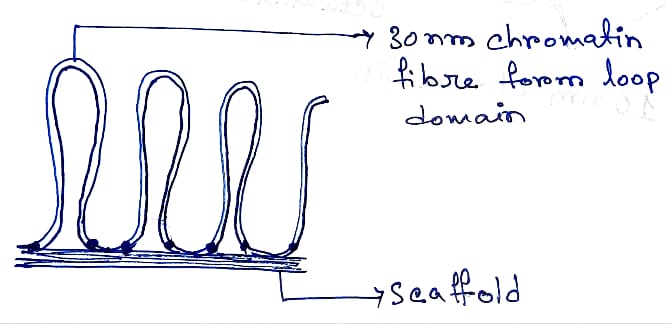

Regarding this, nuclear imaging serves to “visualize” the lesions and guide the therapeutic strategy, followed by administration of a precise patient specific dose of radiotherapeutics for treatment according to the absorbed dose to different organs and tumors calculated by dosimetry tools, and finally repeated imaging to predict the prognosis. The imaging-guided radionuclide therapy highlights the systematic integration of targeted nuclear diagnostics and radionuclide therapeutics. The nuclear medicine paradigm also shifts from solely molecular imaging or radionuclide therapy to imaging-guided radionuclide therapy, which is deemed a vital component of precision cancer therapy and an emerging medical modality for personalized medicine. Since the first introduction of sodium iodide I-131 for use with thyroid patients almost 80 years ago, more than 50 radiopharmaceuticals have reached the markets for a wide range of diseases, especially cancers. Furthermore, having increased affinity for aPL, this peptide could represent a useful tool as prevention strategy for APS and an alternative to the use of anticoagulants. The identification of the optimized peptide offers a new standardized and accurate tool for diagnostics of APS. Using both peptide and monoclonal antibody, we have been able to develop a fully standardized indirect colorimetric immunoassay with highly sensitivity. We have also generated a monoclonal IgG antibody against this peptide. This peptide is able to inhibit the activity of IgG derived from APS patients in vitro. We identified a peptide that selectively bound immunoglobulin G (IgG) derived from APS patients with 100 times more affinity than β2GP1, Domain I, or epitope R39-R43. These peptides have been then screened for their ability to interact with the plasmas from 11 well-characterized APS patients and confirmed by surface plasma resonance assay. In the present study, we wanted to identify the association of residues needed to obtain the highest aPL affinity.īased on the epitope R39-R43 and our identified motif, we generated a printed peptide microarray of 676 different peptides. Although cryptic epitope R39-R43 belonging to beta-2-glycoprotein 1 (β2GP1) has been identified as the main antigenic determinant for aPLs, we have recently demonstrated that the epitope is a motif determined by the polarity, rather than by the sequence or charge of amino acids. Altogether, these examples illustrate the versatility of the albumin-binding domain as a scaffold for protein engineering.Īntiphospholipid antibody (aPL) syndrome (APS) is an autoimmune disease characterized by the presence of antiphospholipid antibodies and thromboembolic or pregnancy complications. Proteins with latent structural information built into their sequence, where a single amino acid substitution shifts the equilibrium in favor of a different fold with a new function, have been designed. The albumin-binding domain has also been utilized to explore the relationship between three-dimensional structure and amino acid sequence. Combinatorial protein libraries, where several residues have been randomized simultaneously, have generated a large number of new variants with desired binding characteristics. Furthermore, novel binding sites have been incorporated either by replacing the original albumin-binding surface, or by complementing it with a novel interaction interface. By substitution-mutagenesis they have been engineered to achieve a broader specificity, an increased stability or an improved binding affinity, respectively. Their albumin-binding sites have been mapped and these domains form the basis for a wide range of protein engineering approaches. Domains derived from streptococcal protein G and protein PAB from Finegoldia magna, which share a common origin and therefore represent an interesting evolutionary system, have been thoroughly studied structurally and functionally. Moreover, improvement of the pharmacokinetics, through the non-covalent association to albumin, by fusing such domains to therapeutic proteins has been shown to be successful. Such albumin-binding regions have been used for protein purification or immobilization. Albumin binding is important in bacterial pathogenesis and several homologous domains have been identified. The albumin-binding domain is a small, three-helical protein domain found in various surface proteins expressed by gram-positive bacteria.


 0 kommentar(er)
0 kommentar(er)
